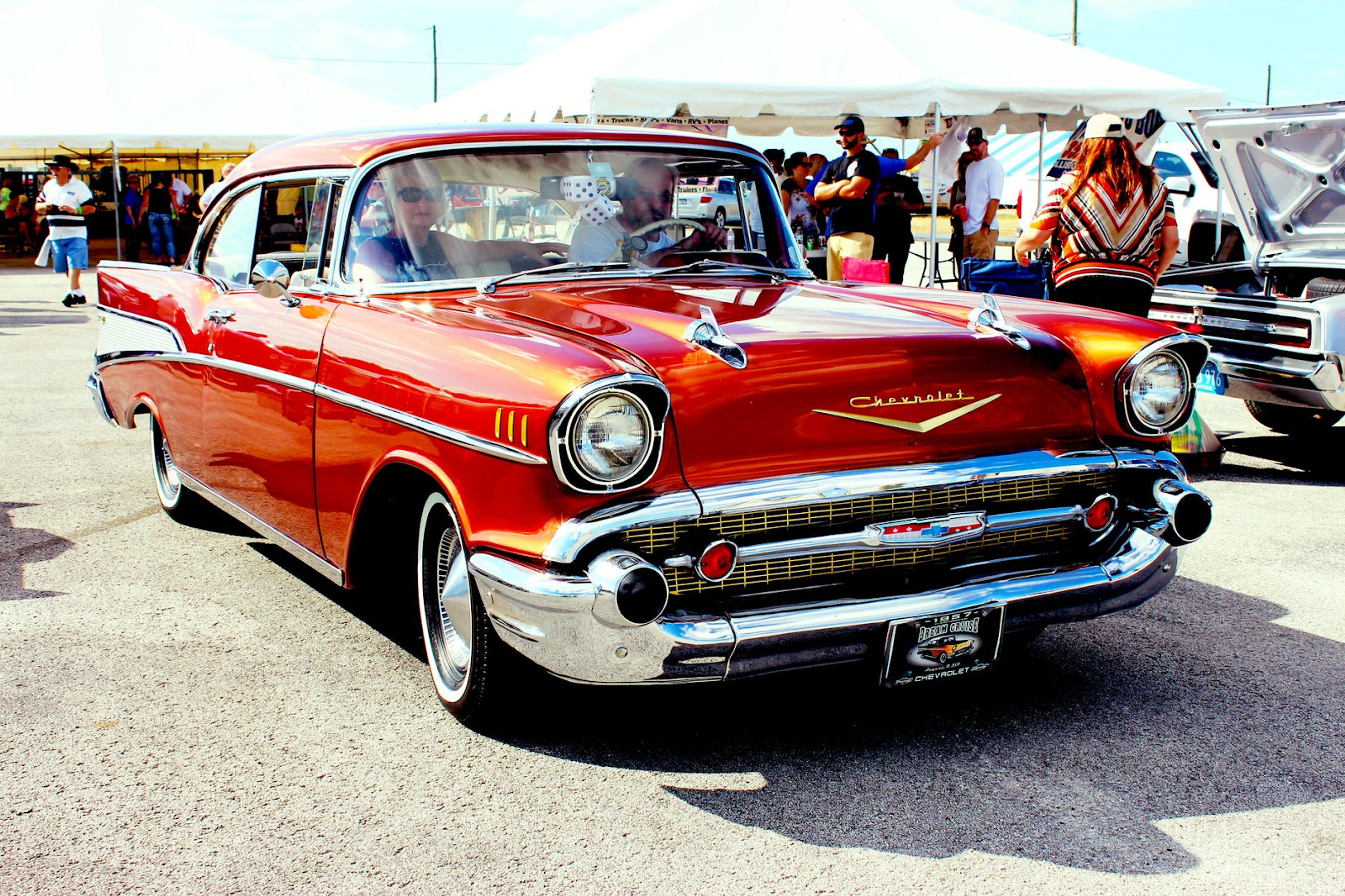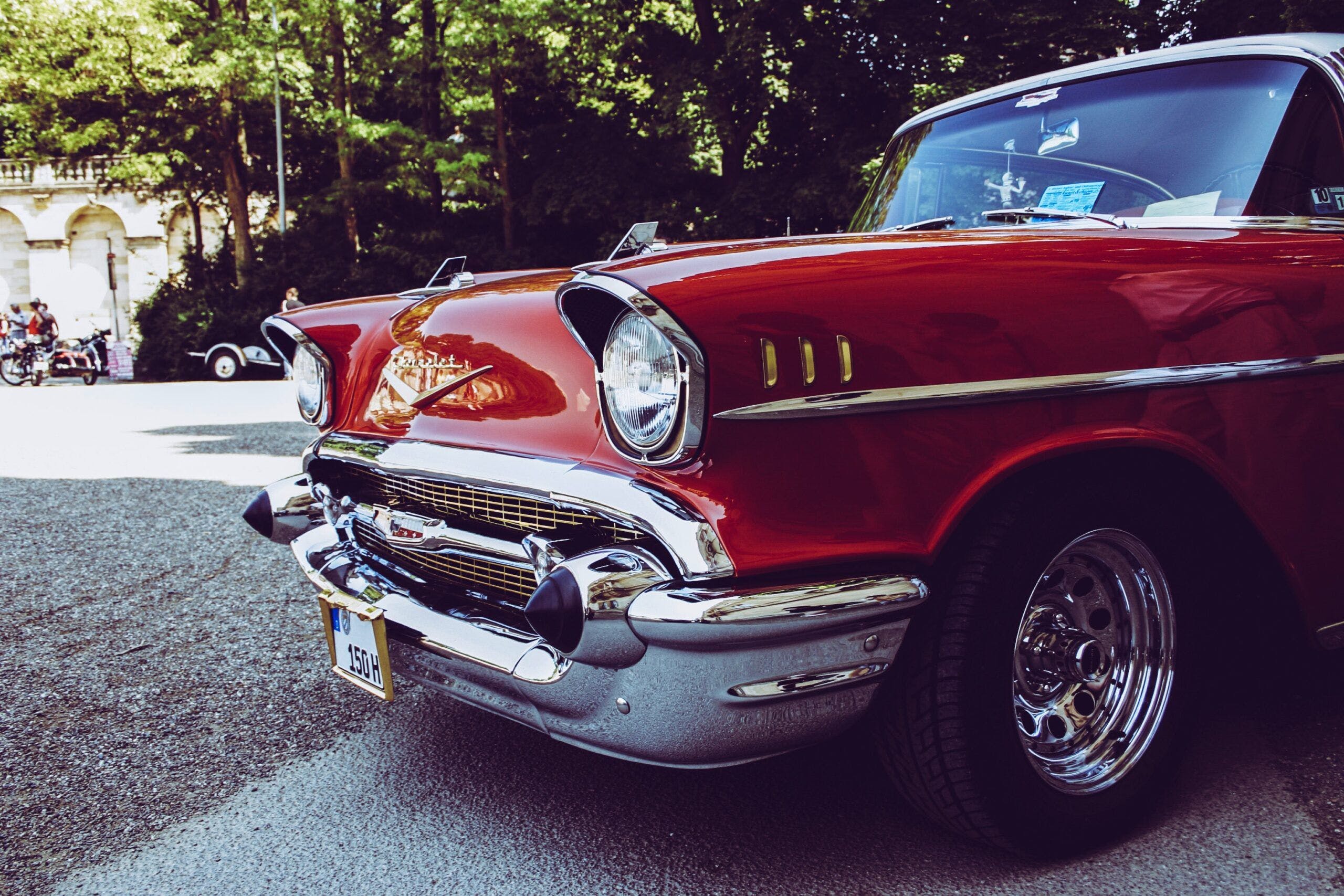Classic cars vs vintage cars both are automobiles that have been around for many years. However, there are some key differences between the two that you should know before making a purchase. In this article, we will discuss the differences between classic cars and vintage cars, so that you can make an informed decision when buying one of these vehicles.
Year of manufacture
Classic cars are typically defined as those manufactured between 1925 and 1948. Vintage cars, on the other hand, are typically defined as those manufactured before 1925. However, not all car enthusiasts have the same guidelines when it comes to classic and vintage cars. Some consider classic cars to be automobiles that were manufactured between 1950 and 1975. Vintage cars, on the other hand, are automobiles that were manufactured before 1950. While there are some exceptions to this rule, these definitions provide a good general guideline for distinguishing between classic cars and vintage cars.
European classic cars
European classic cars are those that were made and sold in Europe. They can be either vintage cars or classic cars, but the main difference between them is that classic cars are typically newer than vintage cars. This means that they may not have the same historical value as vintage cars, but they often look and drive better.
There are many different types of European classic cars, from sports cars to luxury sedans. Some of the most popular range of European models include the Austin Healey 3000 Mark III, the Aston Martin DB5, the Jaguar E-Type, the Porsche 356, and the Mercedes-Benz 300SL. If you’re interested in purchasing a European classic car, it’s important to do your research first. There are many different models to choose from, and each one has its own unique set of features.
Japanese classic cars
Japan is a nation known for its innovation and forward-thinking when it comes to many things, including its cars. Japanese cars are renowned worldwide for designs that ooze style and can be a way for car enthusiasts to get their hands on something a little more unique. The cars themselves also come with a whole host of benefits including reliability, superior quality car parts, fuel efficiency, and resale value, making them very attractive to those looking to get a quality vehicle for their money.
However, Japanese classic cars can be tricky to get hold of. For starters, they have to be over 25 years old, correctly imported and, of course, street legal. If you’re determined to own one of these retro beauties, it might be best to seek someone who deals in high-quality imported JDM cars where you are. A reputable company will ensure that all the necessary paperwork is completed, and that the cars are in good condition and, if you are looking for something very specific, they might just have the contacts and means to help you track down your perfect vehicle.
American classic cars
One of the most popular types of classic cars is the American Classic Car. These cars are typically big, powerful, and luxurious. They often have intricate designs and are made with high-quality materials. Some of the most famous American Classic Cars include the Ford Mustang, the Chevrolet Corvette, and the Chrysler Imperial.
If you’re interested in owning an American Classic Car, be prepared to spend a lot of money. These cars can be very expensive, especially if they’re in good condition. However, if you’re lucky enough to find one for sale, it will likely be worth the investment.
Value
One of the biggest differences between classic cars and vintage cars is their value. The pricing of classic cars and vintage cars can vary widely, depending on the make and model. Classic cars are generally worth more than vintage cars because they are newer and have been preserved in better condition. Vintage cars, on the other hand, are not as valuable because they are older and have more wear and tear. Classic cars are also typically more expensive than vintage cars, as they are in higher demand. This is not always the case, but it is a general rule. It’s important to do your research and compare prices before making a purchase.
Condition and parts availability
The condition of a car is also important to consider when distinguishing between classic cars and vintage cars. Generally speaking, classic cars are in better condition than vintage cars, as they have been well-preserved over time. This is not always the case, of course, but it is a general rule of thumb.
Another key difference between classic cars and vintage cars is the availability of parts. Because classic cars are more popular, there are more parts available for them should they need to be repaired. Vintage cars, on the other hand, can be more difficult to repair because of their rarity.
Functionality
Classic cars and vintage cars both have a lot of functionality, but there are some key differences. Classic cars were typically built for everyday use, while vintage cars were built for special occasions or rallies. Classic cars are often restored to their original condition, while vintage cars are often modified to improve their performance. This means that classic cars are more practical and can be used for everyday driving and driving around town, while vintage cars are rare, are better suited for racing or track driving, and may require more maintenance.

If you’re interested in buying a classic car or a vintage car, it’s important to do your research first. Make sure you know what to look for and what to expect. Classic cars and vintage cars can be great investments, but it’s important to know what you’re getting into. By knowing what to look for, you can purchase the right car for your needs and budget.


Comments are closed.